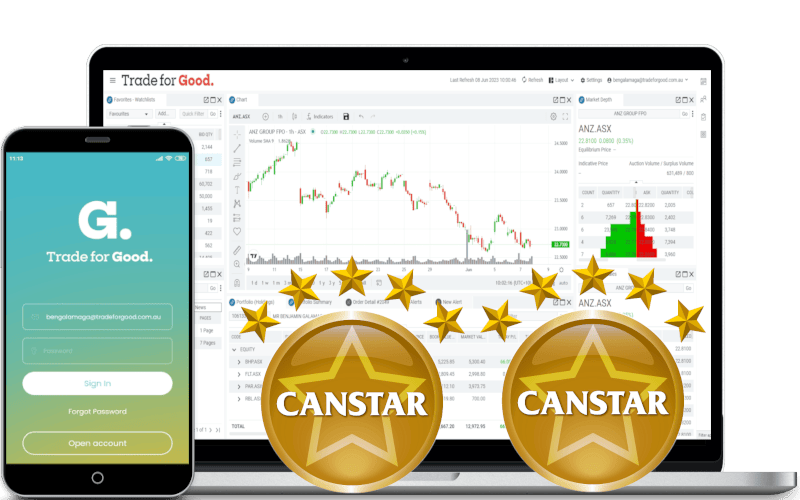
What is a Bollinger Band?
Bollinger Bands are a technical analysis tool developed for generating oversold or overbought signals.
When the price continually touches the upper Bollinger Band, it can indicate an overbought signal, while continually touching the lower band indicates an oversold signal.

What do Bollinger Bands tell you?
When the price continually touches the upper Bollinger Band, it can indicate an overbought signal, while continually touching the lower band indicates an oversold signal. Additionally, the closer the prices move to the lower band, the more oversold the market.

How to add the Bollinger Band to a chart?
- In the chart, click on Indicators

- Type in Bollinger to search

- Adjust the values

The Squeeze
The “squeeze” is the central concept of Bollinger Bands. When the bands come close together, constricting the moving average, it is called a squeeze. A squeeze signals a period of low volatility and is considered by traders to be a potential sign of future increased volatility and possible trading opportunities.

Breakouts
Approximately 90% of price action occurs between the two bands. Any breakout above or below the bands is a major event, but it is not a trading signal. Breakouts provide no clue as to the direction and extent of future price movements.

-
How to find where the indicators are and add them to charts?
Read More
You can download the offline guide here Bollinger Band Indicator Guide

What you learn here has been used in our Trade for Good software.
Click on the button to find our software education videos.
You can read more of our educational articles in the Trade for Good Learn section
Trade for Good Learn




